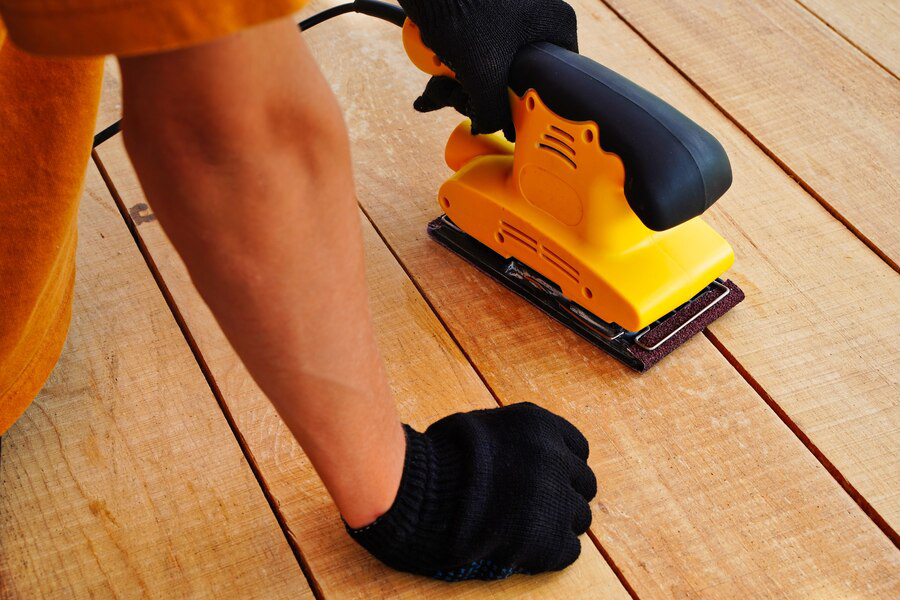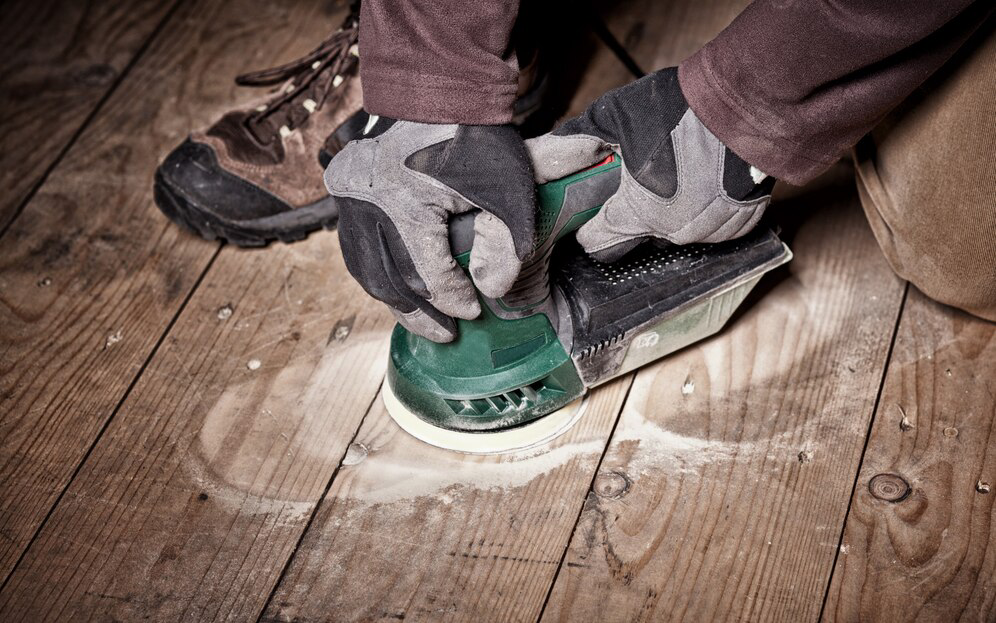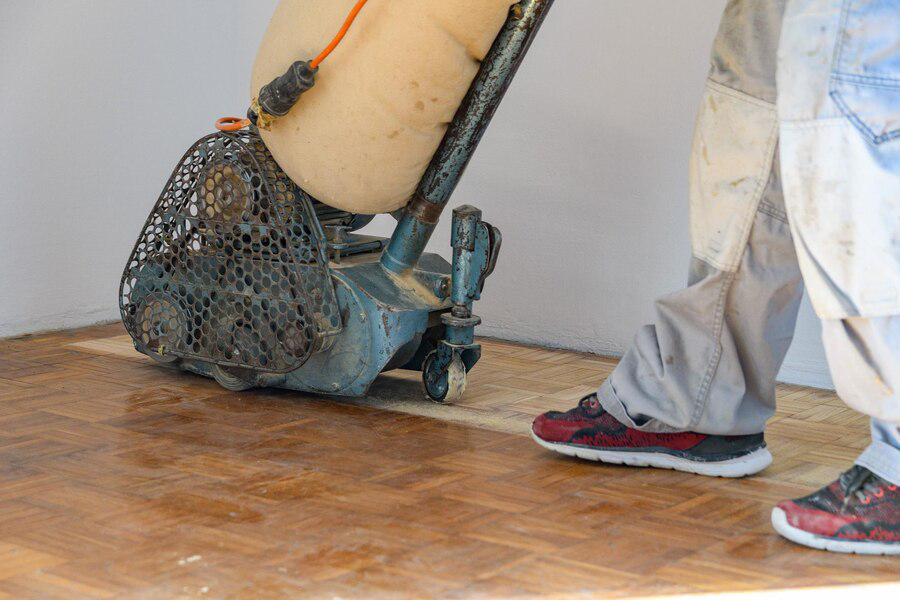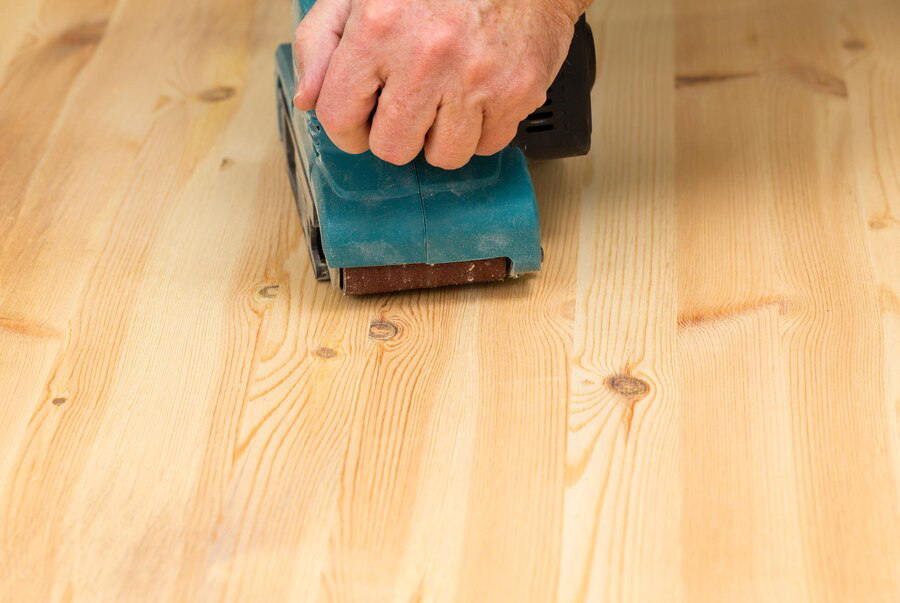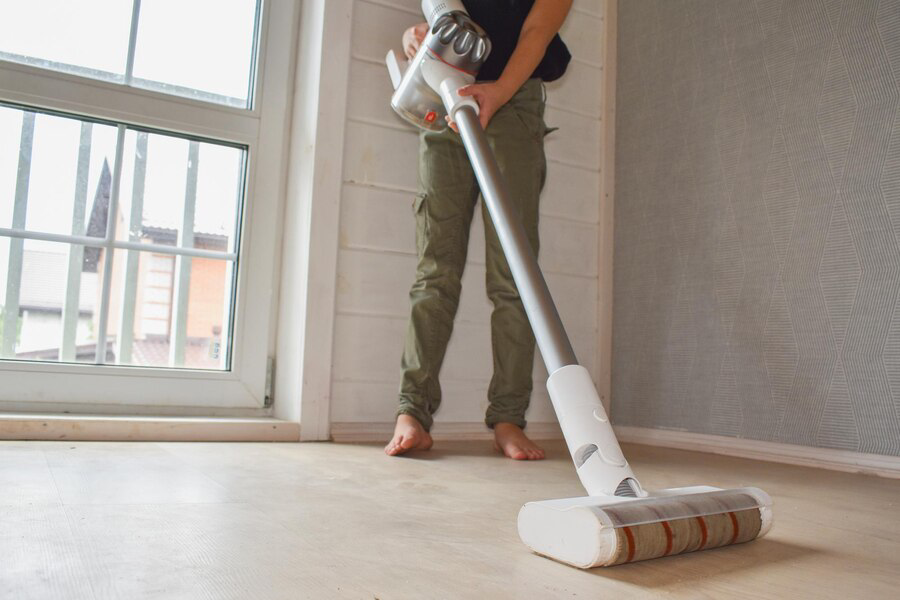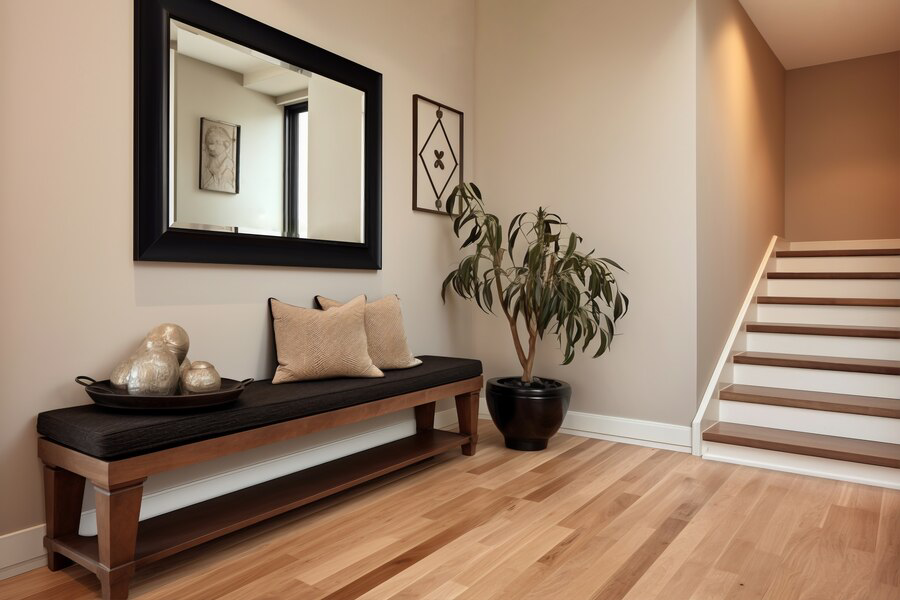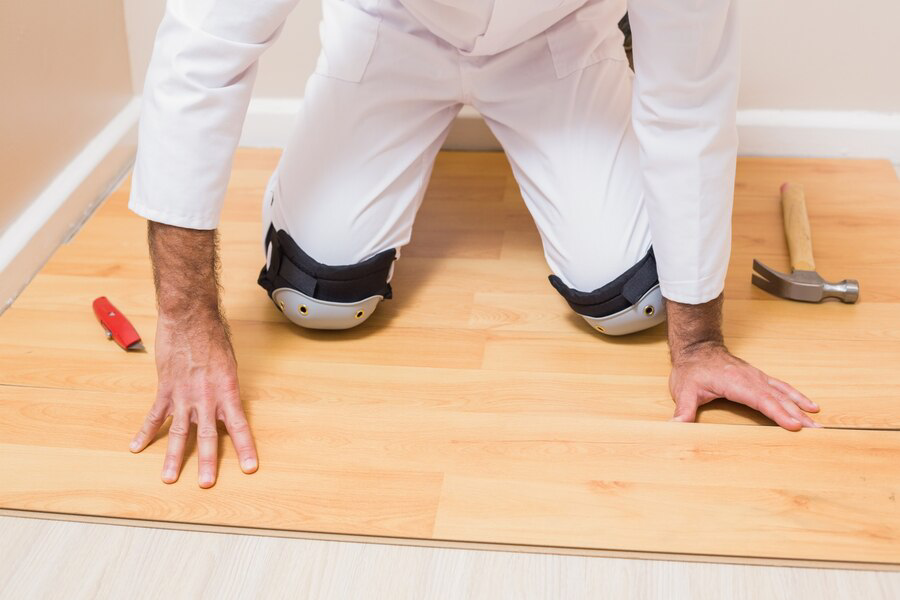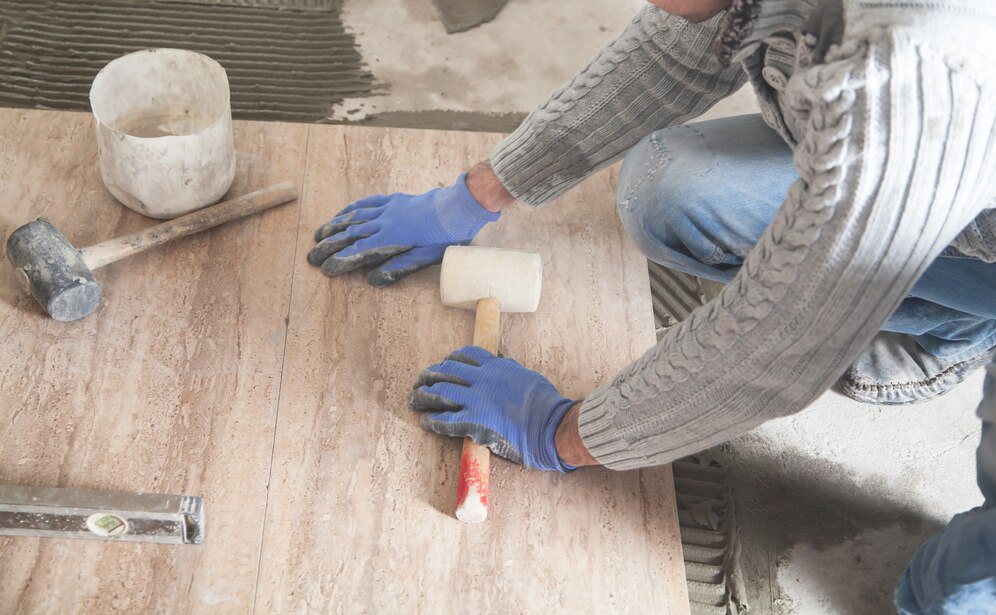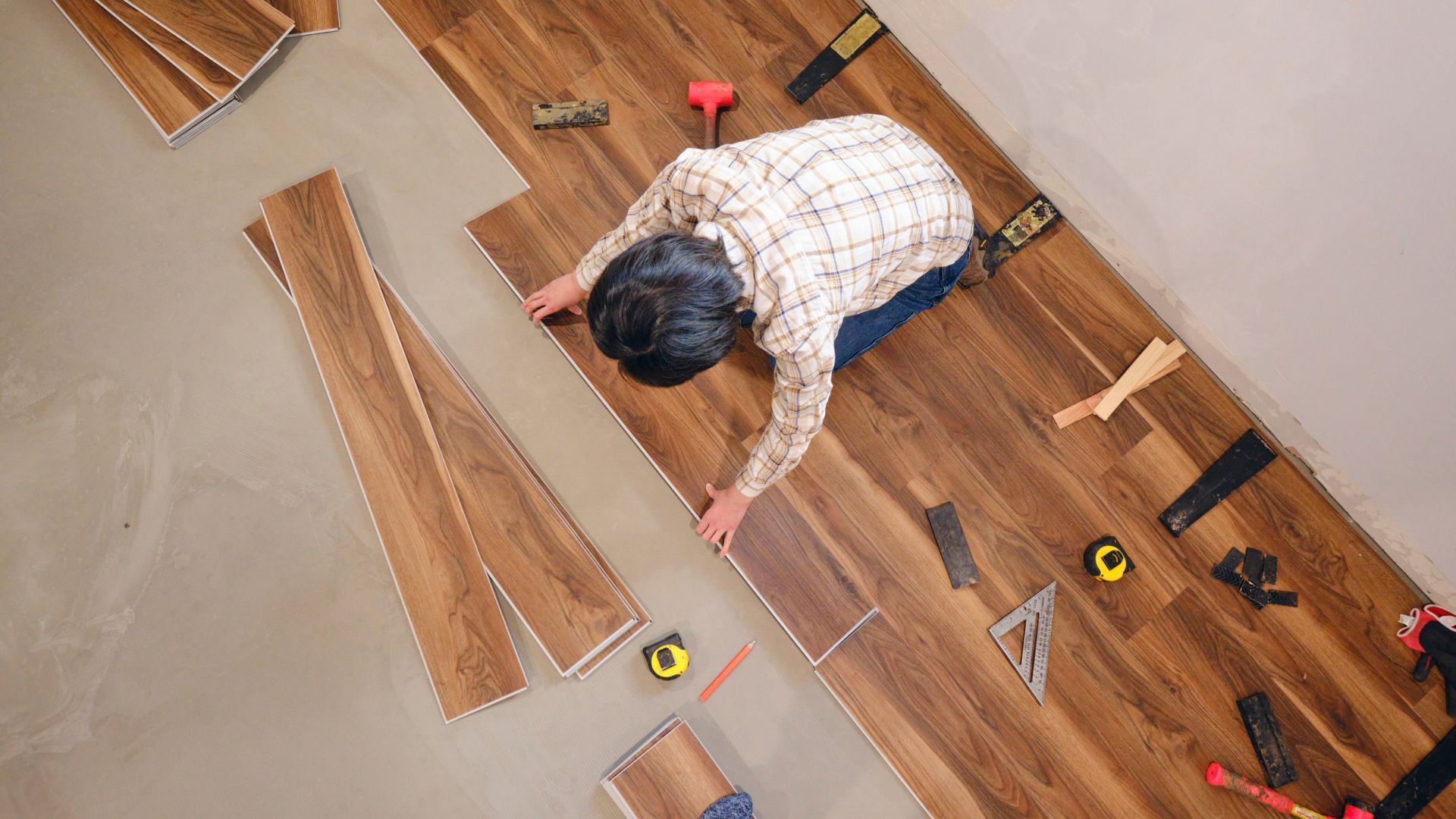The History and Evolution of Hardwood Flooring
The History and Evolution of Hardwood Flooring
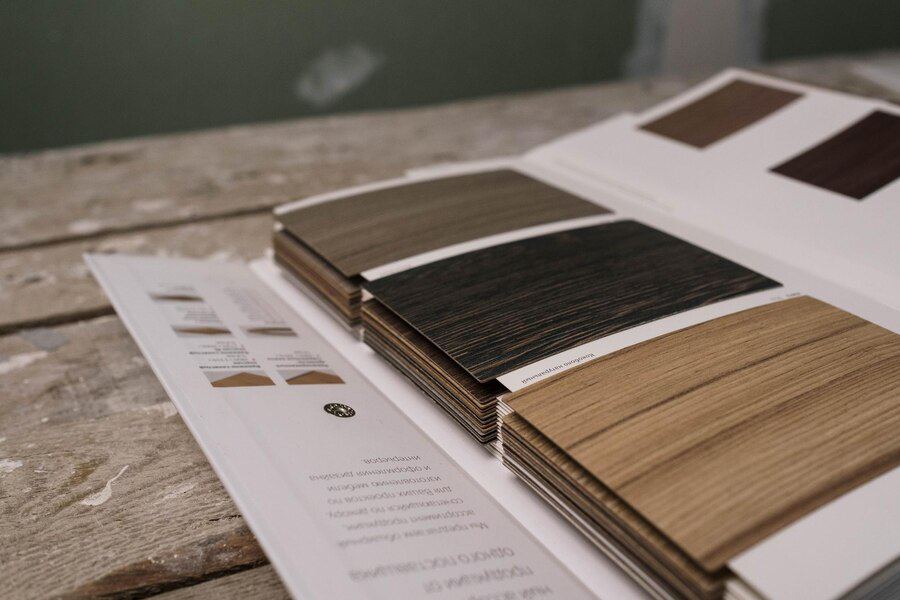
In the realm of interior design, few elements convey timeless elegance and enduring quality like hardwood flooring. Spanning centuries, the history of hardwood flooring mirrors the evolution of human craftsmanship and architectural trends. Originating in ancient civilizations such as the Egyptians and Chinese, early hardwood floors were crafted from solid planks painstakingly hewn from native trees. These floors served not only as functional surfaces but also as symbols of wealth and prestige, adorning the homes of nobility and the privileged few. Over the centuries, the art of hardwood flooring evolved significantly. From hand-cut planks to the mass production during the Industrial Revolution, the accessibility of
hardwood floors expanded, making them a staple in homes worldwide. Modern advancements in technology and sustainability have further shaped the industry, offering a wide array of wood species, finishes, and
installation techniques. Today, hardwood flooring remains a symbol of sophistication and a testament to the enduring allure of natural materials in interior design.
Ancient Beginnings: Exploring Early Hardwood Flooring Techniques
Hardwood flooring has a rich history that dates back thousands of years, spanning civilizations and cultures across the globe. The early techniques and materials used in hardwood flooring not only served practical purposes but also held cultural and symbolic significance. In this blog post, we'll journey through time to explore the ancient beginnings of hardwood flooring, uncovering the techniques, materials, and societal influences that shaped its early development.
The Origins of Hardwood Flooring
Hardwood flooring traces its origins to ancient civilizations such as the Egyptians, who utilized locally available woods like palm and acacia to create durable and decorative flooring surfaces. These early floors were often crafted by hand, showcasing the craftsmanship and skill of ancient artisans.
Techniques of Early Hardwood Flooring:
Early hardwood flooring techniques varied depending on the region and available resources. In ancient China, for instance, intricate wood joinery techniques were used to create beautiful floors, often featuring geometric patterns and inlays. In Greece and Rome, hardwood flooring was installed using tongue-and-groove methods, which allowed for a more secure and seamless fit between planks.
Cultural Significance
Hardwood flooring held significant cultural symbolism in many ancient societies. In Egypt, for example, wood was associated with fertility and rebirth, making hardwood floors not only functional but also spiritually meaningful. In ancient Japan, hardwood flooring was a symbol of status and elegance, with floors in palaces and temples meticulously crafted to reflect the hierarchy of the society.
Materials Used
The materials used in early hardwood flooring were primarily sourced from local forests and included hardwoods such as oak, maple, and walnut. These woods were chosen for their durability and aesthetic appeal, with some species being prized for their distinctive grain patterns and natural colors.
Techniques in Different Regions:
Throughout history, different regions developed their own unique techniques for hardwood flooring. In medieval Europe, for instance, hardwood planks were hand-cut and laid in patterns that ranged from simple to intricate designs. In Asia, bamboo—a fast-growing grass with similar properties to hardwood—was utilized for flooring due to its availability and sustainability.
The Renaissance of Hardwood: Flooring in the Middle Ages
The Middle Ages marked a pivotal era in the resurgence of hardwood flooring throughout Europe. Emerging from the dark ages, this period witnessed a revival of craftsmanship, trade, and cultural exchange, which profoundly influenced the evolution of hardwood flooring. In this blog post, we'll delve into the Renaissance of hardwood flooring during the Middle Ages, exploring the materials, techniques, and societal influences that shaped its development.
Revival of Craftsmanship
During the Middle Ages, the revival of craftsmanship played a crucial role in the resurgence of hardwood flooring. Skilled artisans began to refine ancient techniques and incorporate new innovations, creating floors that were not only functional but also works of art. Hardwood flooring in the Middle Ages experienced a significant revival as craftsmanship and trade began to flourish across Europe. Artisans refined ancient techniques while also integrating new innovations in woodworking, resulting in floors that were not just utilitarian but also aesthetic masterpieces. This period saw an increase in the use of hardwoods like oak, chestnut, and walnut, prized for their durability and rich color variations.
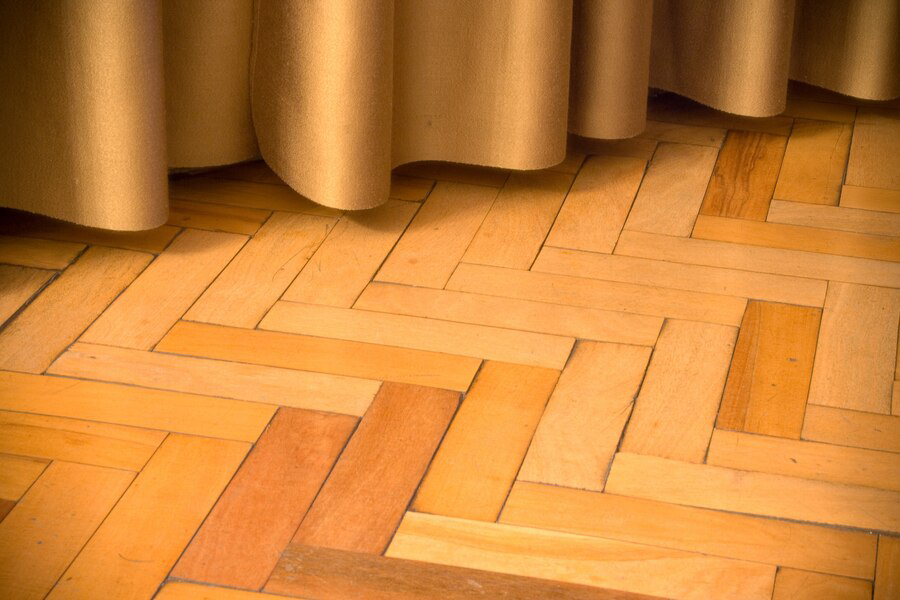
Influence of Medieval Architecture
The architecture of the Middle Ages heavily influenced the design and construction of hardwood flooring. Castles, cathedrals, and manor houses featured expansive rooms adorned with hardwood floors that complemented the grandeur of Gothic and Romanesque architectural styles.
Medieval architecture played a pivotal role in shaping the design and construction of hardwood flooring during this era. Castles, cathedrals, and manor houses were prominent structures that showcased the grandeur and sophistication of Gothic and Romanesque architectural styles. Hardwood floors became an integral part of these monumental spaces, serving both practical and aesthetic purposes. In castle halls, for example, hardwood flooring was laid in large, uninterrupted planks, often showcasing the natural beauty of the wood grain.
Technological Advancements
Technological advancements in woodworking during the Middle Ages contributed to the refinement of hardwood flooring techniques. Innovations such as the use of water-powered sawmills and improved carpentry tools enabled artisans to work with larger quantities of hardwood and achieve more precise cuts and joinery. Technological advancements in woodworking during the Middle Ages played a significant role in the refinement of hardwood flooring techniques. The development of water-powered sawmills, for example, revolutionized the timber industry by enabling artisans to process larger quantities of hardwood more efficiently.
Social Status and Symbolism
Hardwood flooring in the Middle Ages was often associated with social status and symbolism. It served as a visual representation of wealth, power, and cultural refinement, distinguishing the homes of the aristocracy from those of the common folk. During the Middle Ages, hardwood flooring carried significant social status and symbolism, making it a desirable feature in the homes of the aristocracy and wealthy merchants. The use of hardwoods like oak, chestnut, and walnut was not only prized for their durability and natural beauty but also for their association with luxury and prestige.
Preservation and Restoration
Preserving and restoring medieval hardwood floors poses unique challenges due to their age and historical significance. Modern conservation techniques aim to protect these valuable cultural artifacts while maintaining their integrity and authenticity. Preserving and restoring medieval hardwood floors presents unique challenges due to their age, historical significance, and delicate condition. Many of these floors have survived centuries of wear and tear, bearing witness to the passage of time and the changing fortunes of their owners.
From Palaces to Parlors: Hardwood Flooring in the Renaissance and Baroque Eras
During the Renaissance and Baroque eras, hardwood flooring underwent a remarkable evolution, transitioning from practical surfaces to integral elements of grand architectural designs. From the opulent palaces of monarchs to the elegant parlors of the bourgeoisie, hardwood floors became symbols of luxury, craftsmanship, and artistic expression.
- Royal Splendor and Architectural Grandeur: Hardwood flooring became synonymous with royal palaces and noble estates during the Renaissance and Baroque periods. Elaborate parquet patterns, intricate inlays, and exotic wood species adorned floors in grand halls, reflecting the wealth and power of monarchs and aristocracy.
- Innovations in Design and Craftsmanship: Renaissance artisans refined techniques for creating intricate hardwood floors, such as marquetry and intarsia. These methods allowed for the creation of elaborate geometric patterns and pictorial designs, showcasing the mastery of woodworking and decorative arts.
- Symbolism and Social Status: Hardwood floors in Renaissance and Baroque settings symbolized prestige, sophistication, and cultural refinement. They were a defining feature of elite homes and public spaces, signaling the social status and taste of their owners.
- Integration into Interior Design: Hardwood flooring became an integral part of interior design during this period, complementing the elaborate architecture and furnishings of Renaissance and Baroque interiors. It provided a rich backdrop for luxurious textiles, ornate furniture, and monumental artworks.
Conclusion
Exploring the history and evolution of hardwood flooring reveals a fascinating journey marked by innovation and timeless elegance. From its origins in ancient civilizations where wood was prized for its durability and beauty, to the modern techniques and sustainability practices employed today, hardwood flooring continues to be a cornerstone of interior design and architectural aesthetics. As styles have evolved, so too have the manufacturing processes, ensuring that hardwood floors not only enhance the charm of any space but also meet the highest standards of environmental responsibility.
For further inquiries about hardwood flooring options, installation services, or to schedule a consultation, please don’t hesitate to contact us at Calabrese Flooring CO. Located in Arvada, our dedicated team is ready to assist you in choosing the perfect hardwood flooring solution tailored to your needs and preferences. Reach out to us today at 720-384-8478 or visit our website to explore our wide range of products and services. Let Calabrese Flooring CO transform your space with the timeless beauty of hardwood flooring.


